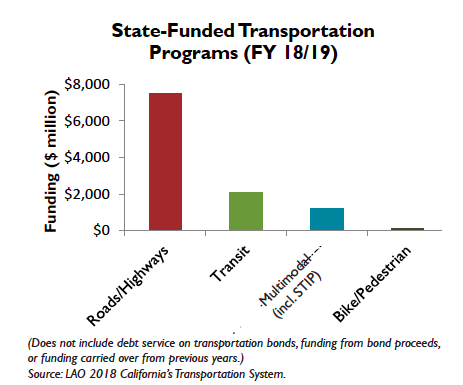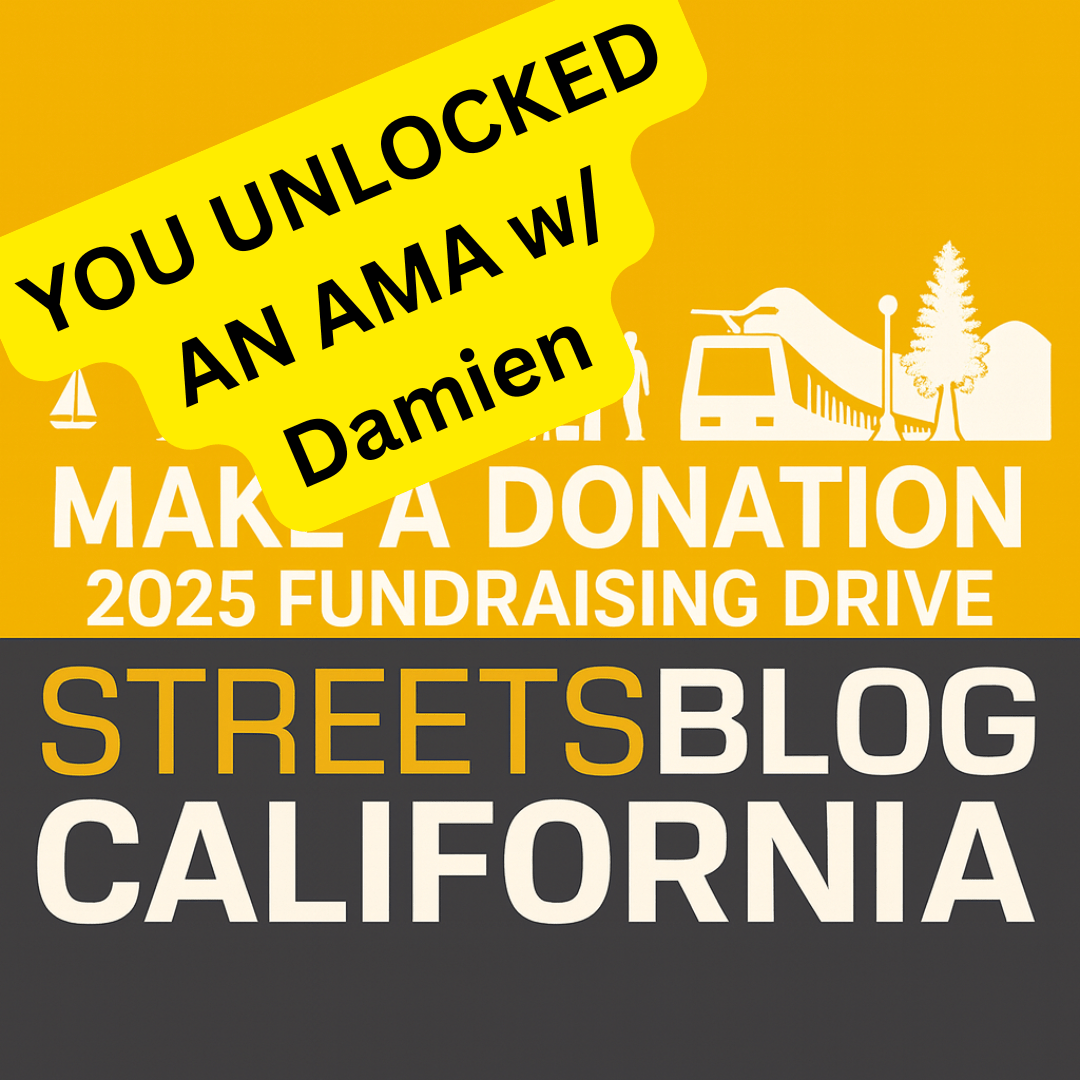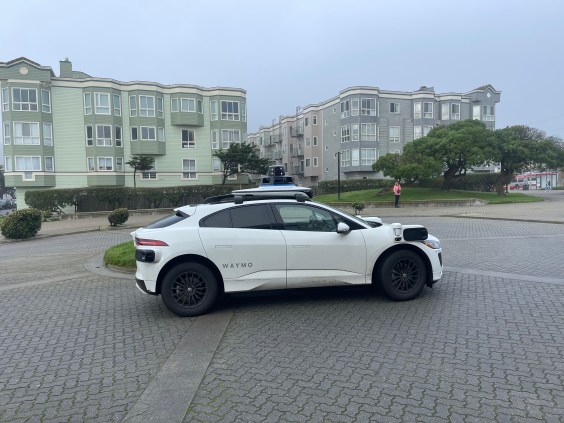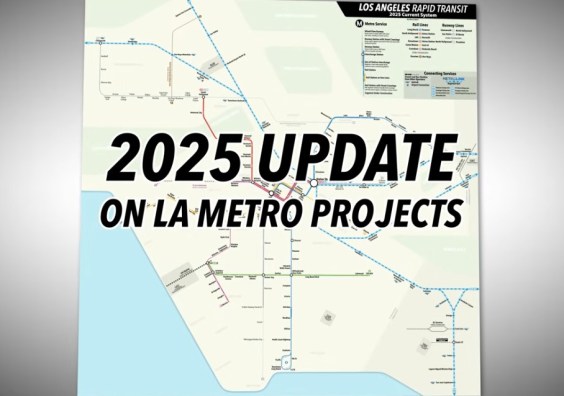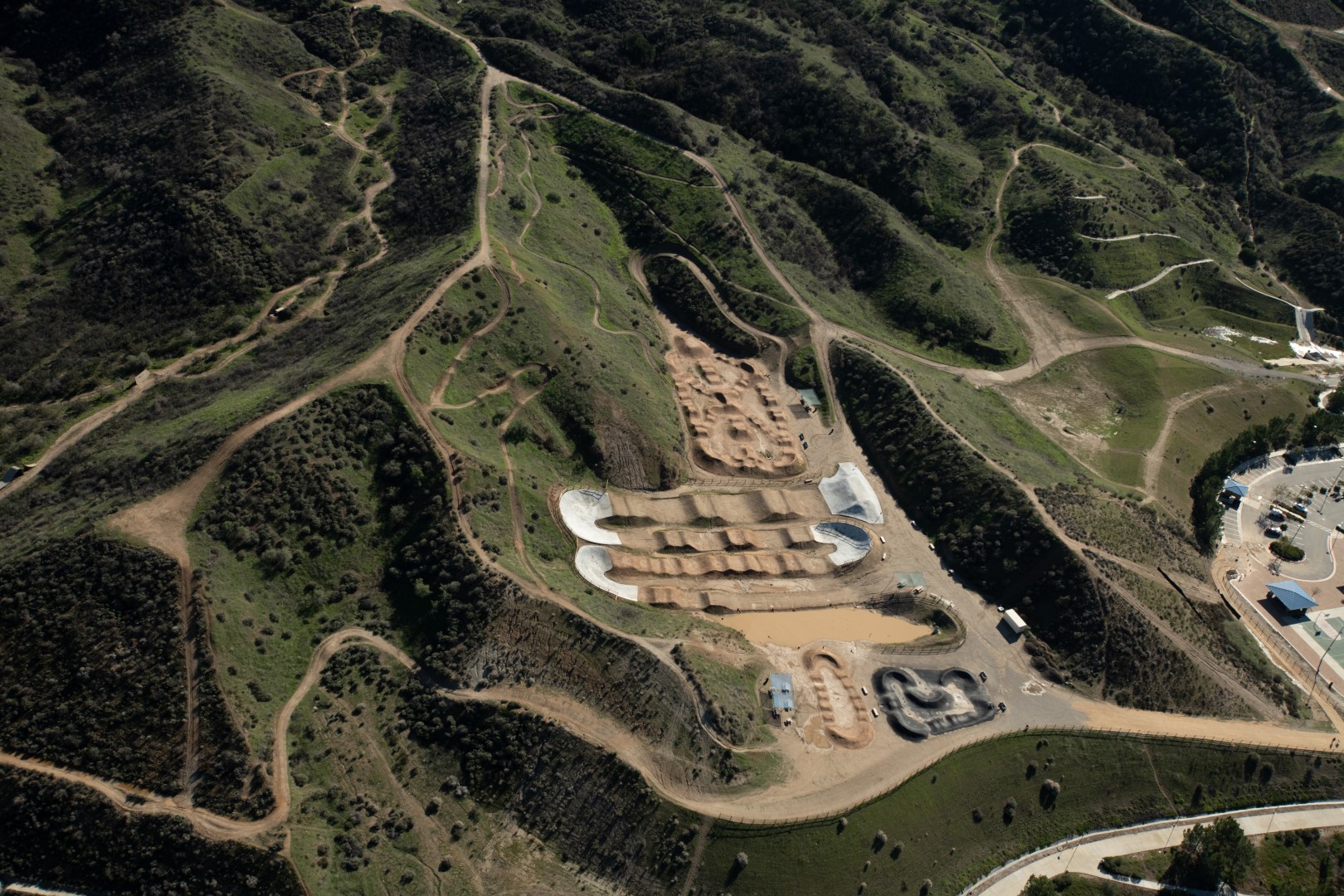On Wednesday, the California Air Resources Board (ARB) and the California Transportation Commission (CTC) will hold its first joint meeting to discuss issues of mutual concern. The meeting is being held to fulfill requirements of A.B. 179, passed last year, that requires the two groups to meet at least twice a year to “coordinate implementation of transportation programs and policies.”
That sounds like it could be deadly dull, especially given the tendency for some of these meetings to go on for several days. But the hope is that the two distinct groups will educate each other about issues they both work on, sometimes at odds with each other.
A.B. 179 started out as an attempt to widen representation on the CTC, which allocates transportation funding in California, beyond the real estate and business interests already well-represented on the commission. It was sponsored by a coalition of groups seeking a voice for underrepresented communities that have historically paid a higher price than others, in terms of exposure to emissions and the destruction of neighborhoods, for decisions made by that body.
The Air Resources Board had already gone through a similar process after the passage of A.B. 1288 in 2015. That bill required two members of the board to be people who work “directly with communities...that are most significantly burdened by, and vulnerable to, high levels of pollution, including, but not limited to, communities with diverse racial and ethnic populations and communities with low-income populations.”
But a week ago one of the new “Environmental Justice” members of the ARB, Diane Takvorian--appointed by Toni Atkins when she was Speaker of the Assembly—was abruptly informed that she is no longer on the board. Current Speaker Anthony Rendon replaced her with Governor Brown's appointee to the board, Hector de la Torre.
That shift leaves the governor-appointed seat open. It also raises questions about why Takvorian was removed. Takvorian is the co-founder of Environmental Health Coalition and an outspoken proponent of environmental justice in the decisions made by the Air Resources Board.
The timing of the appointment is interesting. The CTC resisted the attempt to appoint commissioners with similar environmental justice credibility on its body, resulting in A.B. 179 being watered down to simply require this joint meeting twice yearly.
While the upcoming meeting is unprecedented, expectations don't seem to be very high. Staff say the first meeting will be taken up with introductions and a general discussion of each agency's mission statement and areas of responsibility.
So it could, indeed, be deadly dull. The CTC, in particular, has a penchant for formalities and grandstanding, so this introductory meeting may go on longer than necessary.
The two boards have very different responsibilities, but their work should be complementary, which is the point of bringing them together. The CTC is responsible for programming and allocating transportation funding, and its policy role is an advisory one. The ARB is responsible for protecting public health by regulating air pollution, and its job is to regulate emission sources.
Another way to say that is the CTC allocates money to build California's transportation system, and the ARB's job is to mitigate the negative effects of that system.
Environmental and environmental justice advocates have perhaps higher expectations from the meeting. They have submitted letters to the joint boards outlining some of the main issues they hope to see addressed.
Their letters request the two groups incorporate the precepts of transportation justice into their work, look for opportunities to work together to reduce freight emissions, and work together to reduce, not increase, vehicle miles driven to meet climate, environmental, and livability goals [PDF].
The missing piece is that transportation funding decisions do not integrate clean air or environmental targets. These decisions are mostly made at the local or regional level, and largely based on concerns about congestion—but decision makers, and the decision making process, have nearly always ignored or dismissed research that tells them building more road capacity does not solve congestion but leads to more driving, more emissions, and more negative health effects.
A coalition--which includes a wide range of groups including ClimatePlan, TransForm, the Sierra Club, Safe Routes to Schools, CalWalks, CalBike, Climate Resolve—submitted several documents discussing the importance of incorporating the reduction of driving into transportation funding decisions.
They also submitted a fact sheet [PDF] outlining the relationship between California's transportation funding—most of which goes towards projects that induce driving, with relatively little for alternatives to being stuck in a car, like transit or biking—and its climate goals.
The current funding of transportation is backwards. Until it shifts, the state will continue to increase emissions, including greenhouse gas emissions, as well as traffic and unfair distribution of benefits while reducing the potential to encourage healthy, active lifestyles and to protect resources.
Follow Streetsblog California on Twitter @StreetsblogCal
